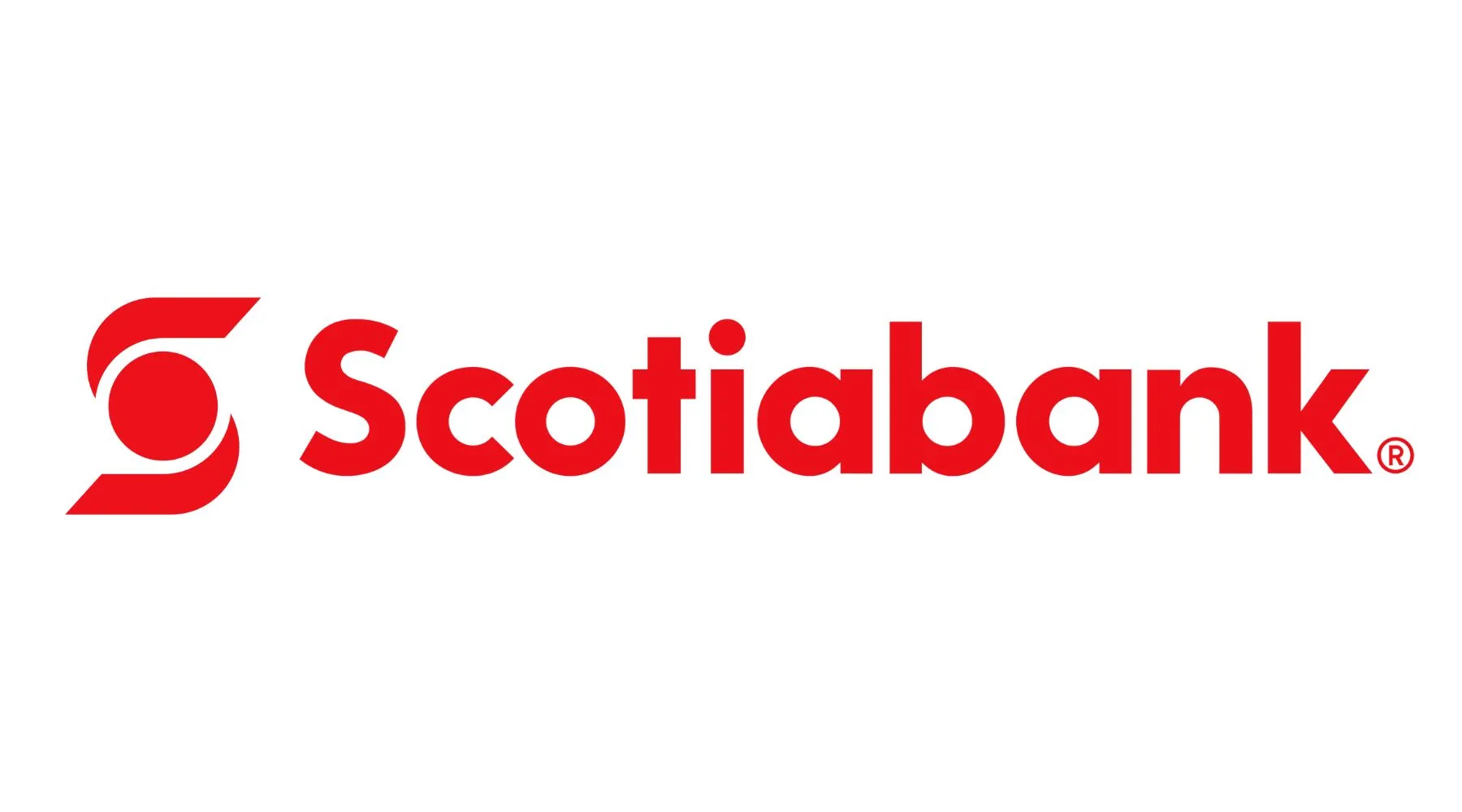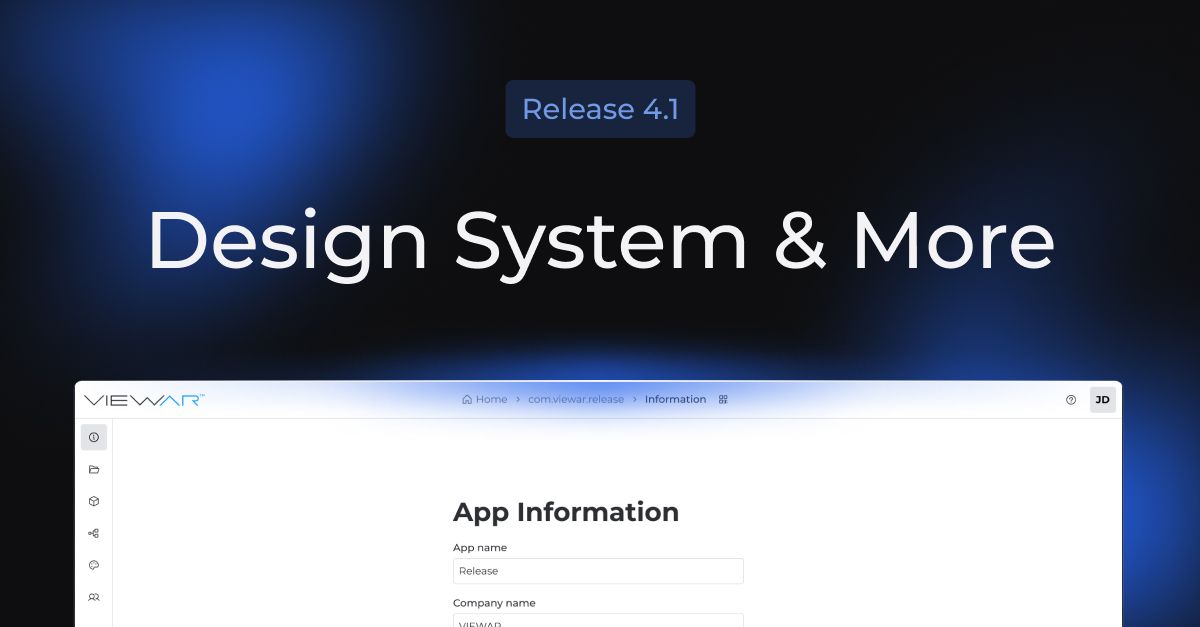Ross Video’s creative services team, Rocket Surgery, has introduced a new offering that it’s dubbing “Drones-as-a-Service”. SVG sat down with Jim Doyle, VP of Creative Services, Ross Video, to explore how this service was developed and its potential impact on the industry.
Can you provide an overview of the Drones-as-a-Service offering and what inspired its development?
Jim Doyle, VP of Creative Services, Ross Video
Doyle: Rocket Surgery has been managing Thursday Night Football for the past two seasons, during which we integrated virtual reality content into live drone video feeds. Initially, we relied on a third-party drone operator for these feeds. To effectively blend tracking data and graphics into the video, we used the Pixotope Fly tracking system, which worked well for our needs.
This success led us to consider providing drone services ourselves instead of depending on third parties. Two of our team members, already drone enthusiasts, obtained their official pilot licenses. Now, we have drone operators in both the United States and Canada, equipped with DJI Mavic drones. This enables us to capture video and seamlessly integrate virtual reality elements, whether live or prerecorded. We’ve proven our capabilities and are now offering this service to our clients.
What kinds of customers are you targeting with this service?Doyle: It’s well-suited for productions beyond just news and sports broadcasts. For instance, we’ve created drone footage with integrated graphics for Intel and Ross Video’s NAB 2024 keynote, so corporate events have proven to also be a good fit.
What are the benefits of using drones for these productions?Doyle: Drones offer several advantages over other methods such as Spidercam. They are not tethered, allowing for greater mobility inside and outside facilities, and can get close to the action due to their compact size. This makes them safer as well—our Mavic drones are small enough to minimize risk in case of an accidental collision.
Moreover, drones are quieter than expected, avoiding audio interference during recordings. They provide dynamic shots and enable creative integration of virtual reality elements into broadcasts.
Are there any upcoming projects where you’ll be utilizing this service?Doyle: Yes, we’re gearing up for a project involving augmented reality (AR) for election coverage this November. Although it’s confidential for now, we plan to release a case study once the project concludes.
And how will drones be used in the election coverage?Doyle: In this context, drones will incorporate virtual reality within news broadcasts. They enable us to navigate physical space in innovative ways, revealing virtual content dynamically. This capability surpasses what can be achieved with traditional jibs, offering flexible camera movements for both close-ups and wide shots. It’s especially useful for capturing location shots in election coverage.
What challenges come with using drones, particularly regarding regulations and restrictions?Doyle: Commercial drone flights require approvals and adherence to regulations such as height restrictions, flight paths, and no-fly zones. In the U.S., this involves coordination with the FAA and similar agencies abroad. For instance, in Las Vegas, we were restricted from flying in national parks like Red Rock Canyon. While some areas have restrictions, managing these regulations is straightforward if you stay diligent with paperwork and request processes which we have mastered.
And do you handle all these regulatory aspects for your customers?Doyle: Yes, we manage the entire process. As a managed service, we handle everything from drone operation to virtual content integration. This is all part of Rocket Surgery’s Virtual Productions (RSVP) business unit. We’ve even conducted drone shoots without virtual reality, such as capturing footage of Ross Video’s factory to highlight its solar and EV green initiatives.
How has drone technology changed the landscape compared to traditional methods like helicopters?Doyle: The difference is significant. Previously, capturing aerial footage required hanging cameras from helicopters, which was costly. Today, drones offer superior results at a fraction of the price. Our drones feature built-in 4K and 8K cameras with gimbals, providing high-quality footage at a much lower cost than helicopters.
Where do you see this service heading in the future?Doyle: I anticipate advancements in tracking technology will simplify the integration of virtual elements. Drones will continue to become smaller and more advanced. AI could also play a role, potentially allowing for autonomous drone operation. Currently, we use a spotter to ensure safety during flights, but AI could enhance safety further, especially in complex environments


